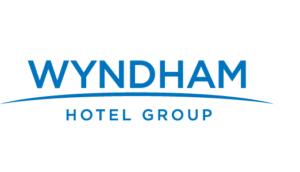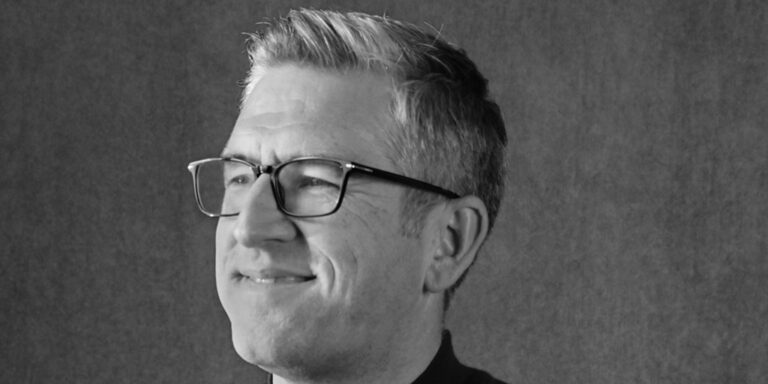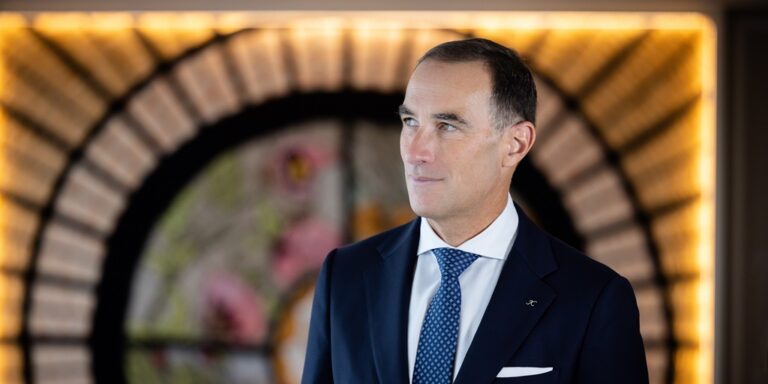US-headquartered Wyndham Hotels & Resorts has been hitting development highs, setting pipeline records this year, but how are Europe, Middle East, Eurasia and Africa (EMEA) contributing to these figures?
TOPHOTELNEWS caught up with these regions’ president, Dimitris Manikis, to see what has spurred the group’s meteoric rise.
Fast tracked growth
With Wyndham’s third quarter 2022 results showing that its current global pipeline stands at over 1,600 hotels and more than 212,000 rooms, this will continue to boost the company’s worldwide system of 9,000 properties in over 90 countries. Manikis analysed: “We’ve become the world’s largest hotel franchise company. If you look at our history we’re an acquisitive business.
“Since we became public in May 2018, spinning off from Wyndham Worldwide, we have fast tracked our growth by acquiring a brand almost every 18 months. We had a very simple strategy: we are becoming a global company and to do that, it could only come from development and growth.”
Investment strategy
He revealed: “We invested in a few simple things. We had a five year strategy to decide where to go next. Then we moved to become less dependent on our North American pipeline and become more of a global company – 60% of our future pipeline is now international. My job, together with the other international presidents, is to make sure that percentage grows. It’s in our hands to prove that international growth is where the future lies for the company. Our industry is global, growing in North America alone is not enough.
“And thirdly we invested in people, in development, franchise sales, support and operations, which enhanced our value proposition. So the more that owners saw our willingness to increase our value proposition, the more they understood that Wyndham is the right partner to be with.”
New markets
So what countries and regions does Manikis see Wyndham targeting for further expansion? “There are of course the usual suspects like the UK; central Europe; Mediterranean nations like Spain, Portugal Greece, Cyprus and Turkey; and the UAE,” he noted. “But the areas I believe are going to be a big surprise for the future are in the CIS [Commonwealth of Independent States] region, like Azerbaijan, Kazakhstan. Georgia and Uzbekistan.
“In the Middle East, everybody talks about Dubai, but I’ll talk about Ras Al Khaimah, Ajman, Sharjah or Bahrain. These are smaller Gulf Cooperation Council countries where I believe there is a political willingness and the people see tourism and hospitality as a way for the society to grow and things to change. They have a very clear path to growth.
“Another big winner will be Egypt. The country has gone through a lot, but I have to say that Egypt has some fantastic projects and wants to make tourism a key development tool. As a company, we need to make sure we expand to those new markets and ensure we make travel possible for all people to all destinations.”
Brand strength
Manikis believes that underpinning its plans is the strength of the company’s brands, including the luxury Registry Collection Hotels and Wyndham Grand, upscale Dolce Hotels and Resorts and Wyndham, lifestyle strands Tryp by Wyndham, Esplendor, Dazzler, Trademark Collection by Wyndham, and Alltra, as well as midscale marques including LaQuinta, Wingate by Wyndham, Wyndham Garden, AmericInn, Baymont, Ramada and Ramada Encore.
“We have the brands that fit the owners, that make sense for consumers and that are easy to develop. They deliver what they say and they have helped us with the growth we are currently experiencing,” he commented.
He further underlined that out of 500 current hotels in the EMEA region, Ramada is the most popular brand with 270 sites, and that nine of the group’s 23 brands have been developed across the territory. Manikis was keen to emphasise: “We do not have a particular brand strategy when it comes to development. We don’t have one or two brands that we have to grow. We make sure that the brand will make sense for the owner, the property, the segment and the destination. We adjust our brand strategy based on those elements.”
Latest acquisition
The Wyndham brand portfolio has a new stablemate in the form of Vienna House, an Austrian operator which the group acquired in September. This adds an upscale and midscale portfolio of over 40 hotels and more than 6,400 rooms to the company’s existing EMEA footprint. Manikis described the purchase price of US$44 million as “good money, but not crazy”, adding: “The deal is not just a simple acquisition, it’s a statement from our board and our executive committee in the US that we believe in Europe and that midscale market segment, as well as the success the brand has been having up until now.”
But what are Wyndham’s intentions for Vienna House? “Our plan is to grow the brand, not just in the usual markets of central Europe but we are aspiring to bring the brand to Turkey, the UAE and other Gulf countries,” said Manikis.
When questioned as to whether there are further acquisitions on the horizon, he responded: “As our chief financial officer has said repeatedly: Wyndham will never say no to a good deal, a deal that makes sense – they are the deals that contribute to our EBITDA, are complementary to our portfolio and are in destinations where we don’t have a strong presence.”
Newbuilds vs conversions
Overall, Wyndham will look to employ both newbuilds and conversions to expand its portfolio, with the latter currently comprising 22% of the global pipeline. However, Manikis stated: “Newbuilds will be interesting to watch because of the construction and supply challenges. Conversions will be a huge opportunity for Wyndham and the brands that we have.
“In the USA you will have a lot of newbuilds but in more mature markets like Europe you will have more conversions. You have to distinguish between tier one, two and three cities. In tier one cities, newbuilds are becoming very expensive so you will see more growth in tier two and three.”
Looking ahead
In respect to future growth prospects, he added: “If you look at certain countries or destinations there are thousands of independent hotels. The pandemic made independent hotel owners understand that being with a brand is actually a good safe harbour because of distribution, sales, marketing, brand awareness and brand standards. I believe in the next two to three years you will see those conversions of independent hotels into brands become a really big trend.”
Manikis was upbeat about the road ahead, concluding: “I always look at the things that will carry the business forward instead of those that will bring it backwards – a glass half full attitude. Our industry has shown on so many different occasions how resilient we are. Plus people will not stop travelling, and we are the industry that unites people, I think we should never lose sight of that.”
Many TOPHOTELNEWS articles draw on exclusive information from the TOPHOTELPROJECTS construction database. This subscription-based product includes details of thousands of hotel projects around the world, along with the key decision-makers behind them. Please note, our data may differ from records held by other organisations. Generally, the database focuses on four- and five-star schemes of significant scale; tracks projects in either the vision, pre-planning, planning, under-construction, pre-opening or newly opened phase; and covers newbuilds, extensions, refurbishments and conversions.

Related Articles

With more than 9,000 hotels around the world, Wyndham Hotels & Resorts has an extraordinary global footprint unlike any other.





